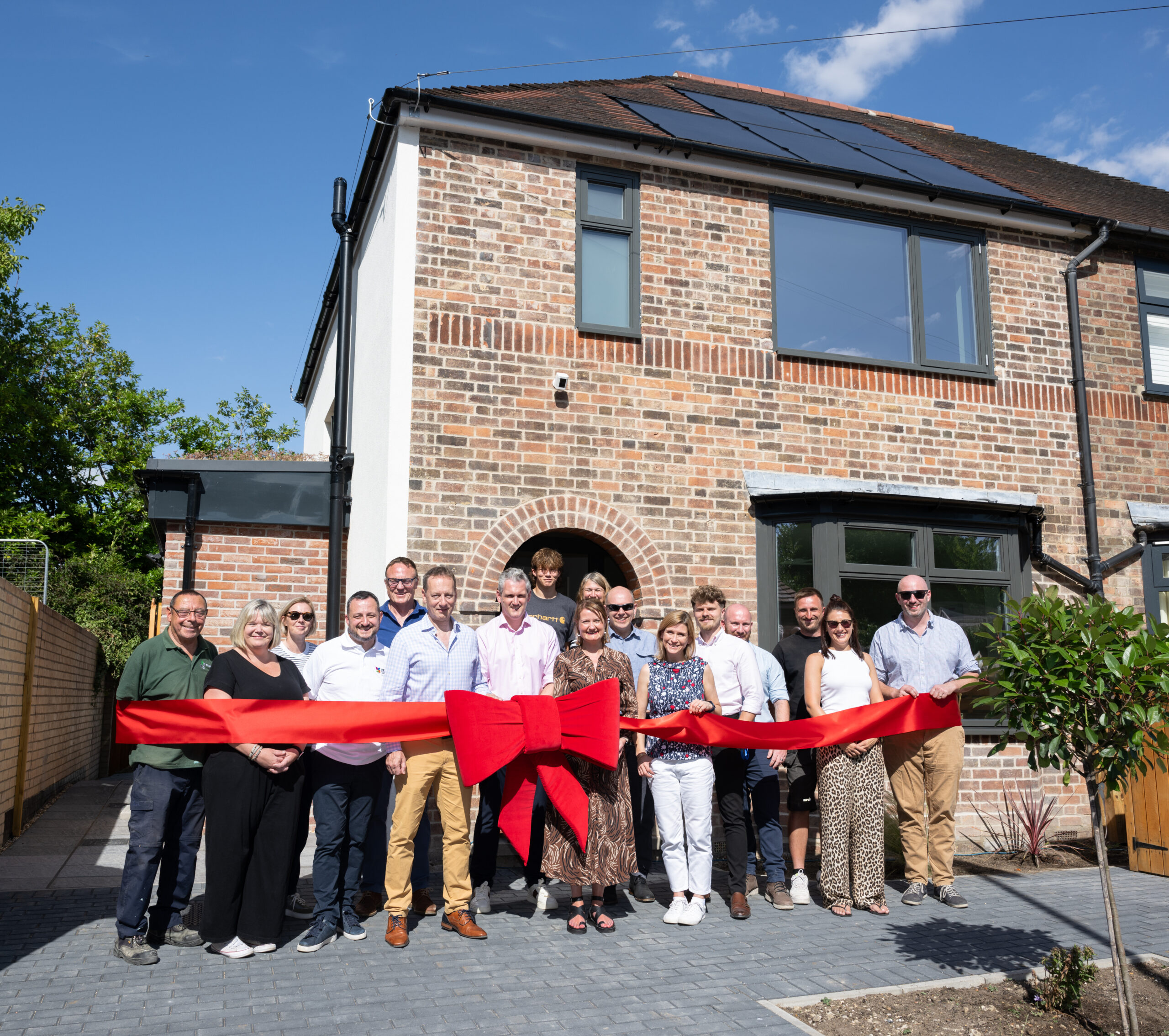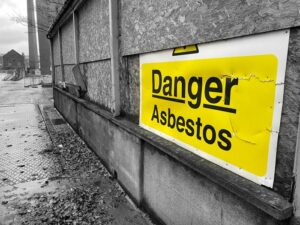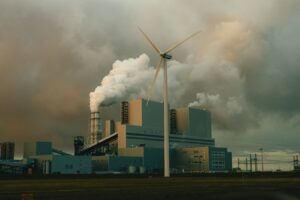A 1930s semi in Cambridge has been transformed into a carbon-positive showcase, to demonstrate how older homes can be modernised to cut emissions, improve air quality and inspire greener living across the UK.
The family home in the heart of Cambridge has been transformed as part of an ambitious retrofit project by The Cambridge Building Society (The Cambridge). The initiative aims to demonstrate how older UK homes can be modernised to meet future energy standards and inspire homeowners to embrace greener living.

The three-bedroom property has undergone a deep retrofit that raised its Energy Performance Certificate (EPC) rating from D to A, putting it close to Passive House standards. Designed specifically around the home’s age, structure and location, the upgrades mean the building now removes more carbon dioxide from the atmosphere than it emits.
The project forms part of The Cambridge’s wider sustainability strategy, addressing the challenge of decarbonising the nation’s housing stock. With 29 million UK homes requiring energy-efficiency improvements before 2050 – including around 250,000 in Cambridgeshire – the retrofit highlights the scale of transformation needed to meet climate goals.
Carole Charter, Chief Commercial Officer at The Cambridge said: ‘For 175 years, we’ve helped people have a home, while responding to the wider housing challenges of each generation. By transforming a standard 1930s semi into a showcase of deep retrofit innovation, we hope homeowners will feel inspired to make improvements that work within their own budget and circumstances. The carbon-positive status of the building shows what’s possible when ambition meets action.’
The property now features extensive insulation, airtight membranes, triple-glazed windows, solar panels, an air-source heat pump, and a mechanical ventilation system with heat recovery. A rainwater harvesting system and sedum roof further enhance its environmental performance.
Over the coming months, the home will act as a live educational resource, with sensors monitoring temperature, air quality, energy use and on-site generation. The results will provide valuable data on how sustainable retrofits perform in real-world conditions – offering practical lessons for the millions of UK households that will need similar upgrades in the years ahead.
















Leave a Reply